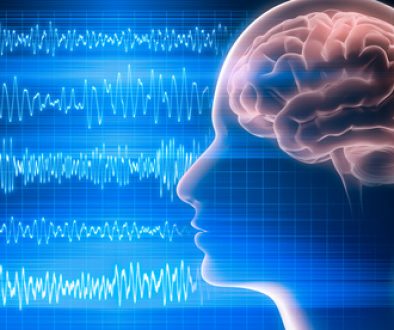“It’ All In Your Head”
In his book A Symphony in the Brain, journalist Jim Robbins wonders why a field with such enormous promise, as neurotherapy is still not well known. It has been practiced by therapists for almost four decades. Numerous studies have shown that it can treat serious mental conditions. Further, neurotherapy has been shown to be effective for conditions that many people feel they must endure for the rest of their lives. Neurotherapy treats these debilitating conditions without drugs or side effects, and it performs, in Robbin’s words, “what most of us have been conditioned to think of as miracles.” In a similar vein, Frank Duffy, pediatric neurologist at Harvard Medical School, states that neurotherapy “is a field to be taken seriously by all.” As a well-known expert with thirty years of experience in the field, I have written this book to tell readers what neurotherapy is, how it works, and how it can help you, a loved one, or, if you are a health care professional, your clients and patients. Neurotherapy can treat many conditions, including attention deficit disorder (ADD), depression, anxiety disorders, sleep problems brain damage from head injuries, epilepsy, and alcoholism and other addictions. It has been shown to be helpful even for conditions often considered untreatable beyond maintenance and sedation, such as autism and psychosis. Neurotherapy treats these conditions by changing the way the brain functions. Although this seems at first to be a daunting notion, it is quite simple and logical. Brain functions that are not efficient are “exercised” to make them more efficient. Similar to physical exercise to strengthen specific muscles in the body, neurotherapy increases the efficiency of specific brain functions. It safely corrects many inefficiencies in the brain that cause problems.” pp.1-2. Biodfeedback for the Brain by Paul G. Swingle, Ph.D. Neurotherapy (neurofeedback) is a drugless therapy without the side effects. Most improvement is permanent. Drs. Kelsey. Phone: 260.432.8777



